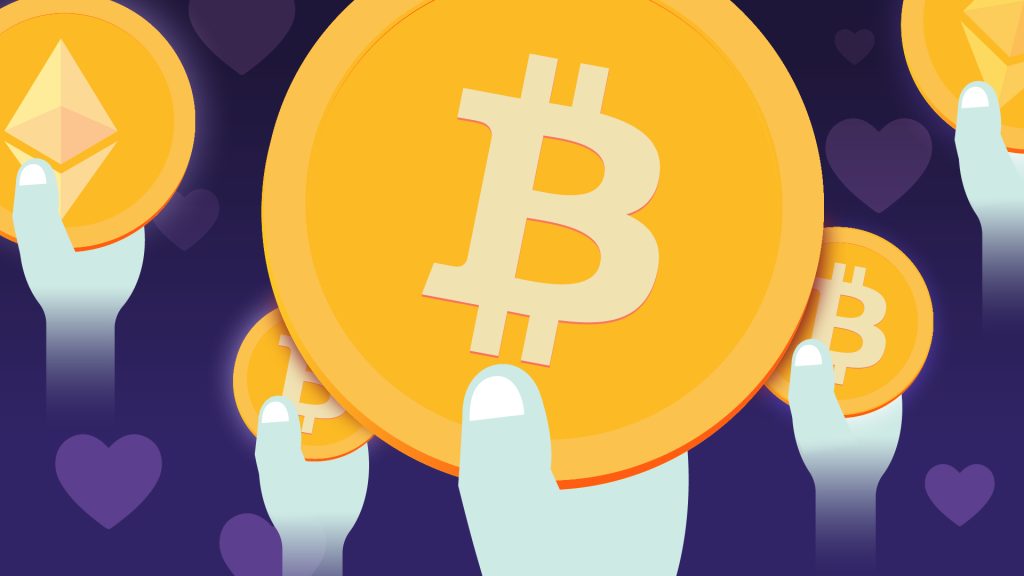Cryptocurrencies have emerged as a revolutionary force in the financial world, reshaping traditional notions of currency, investment, and transactions. At the heart of this digital revolution lies the concept of interconnectedness, wherein various digital assets interact within a complex ecosystem. Understanding this interconnectedness is crucial for navigating the world of cryptocurrencies effectively. At its core, the cryptocurrency ecosystem comprises a diverse range of digital assets, each with its unique features, purposes, and technologies. Bitcoin, the pioneering cryptocurrency, serves as the foundational pillar of this ecosystem, embodying the principles of decentralization, transparency, and immutability. However, Bitcoin is just one component of a broader landscape that includes thousands of alternative cryptocurrencies, or altcoins, such as Ethereum, Ripple, and Litecoin. The interconnectedness of digital assets within the cryptocurrency ecosystem is facilitated by blockchain technology, a decentralized ledger system that records transactions across a network of computers. Blockchain not only enables the transfer of value but also supports the development of decentralized applications and smart contracts, further enriching the ecosystem.

One prominent aspect of interconnectedness in the cryptocurrency ecosystem is the phenomenon of tokenization. Tokens represent digital or physical assets on a blockchain and can represent anything from real estate and artwork to loyalty points and gaming assets. These tokens often interact with each other and with native cryptocurrencies, creating a web of interconnected value within the ecosystem. Interoperability is another key factor driving interconnectedness in the cryptocurrency space. Projects aim to facilitate seamless communication and interaction between different blockchains, enabling the transfer of assets and data across disparate networks. This interoperability fosters collaboration and synergy between various projects, expanding the possibilities for innovation and development. Furthermore, the rise of decentralized finance has significantly amplified the interconnectedness of digital assets within the cryptocurrency ecosystem. DeFi platforms leverage blockchain technology to offer financial services such as lending, borrowing, and trading without the need for traditional intermediaries. These platforms often rely on interconnected networks of tokens and smart contracts to facilitate complex financial transactions, creating a vibrant ecosystem of decentralized financial services.
The crypto mining tools also play a crucial role in the interconnectedness of the cryptocurrency ecosystem. These digital assets are designed to maintain a stable value by pegging their price to traditional fiat currencies or other assets. Stablecoins enable seamless conversion between cryptocurrencies and fiat currencies, providing liquidity and stability to the ecosystem. Additionally, stablecoins serve as a bridge between the cryptocurrency world and traditional financial markets, facilitating cross-border payments and remittances. The interconnectedness of digital assets within the cryptocurrency ecosystem has profound implications for investors, developers, and users alike. Diversification strategies that span multiple cryptocurrencies and tokens can help mitigate risk and capture opportunities across different segments of the ecosystem. Developers can leverage interoperability and tokenization to create innovative applications and services that harness the collective value of interconnected digital assets. However, it is essential to recognize that interconnectedness also introduces challenges and risks. The interconnected nature of the cryptocurrency ecosystem means that events or vulnerabilities in one part of the ecosystem can have cascading effects across multiple assets and platforms. Moreover, regulatory developments and market dynamics can influence the interconnectedness of digital assets, shaping the future trajectory of the ecosystem.

